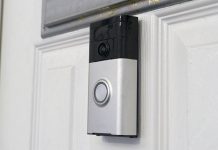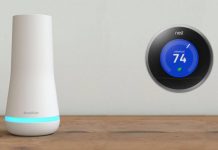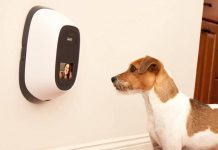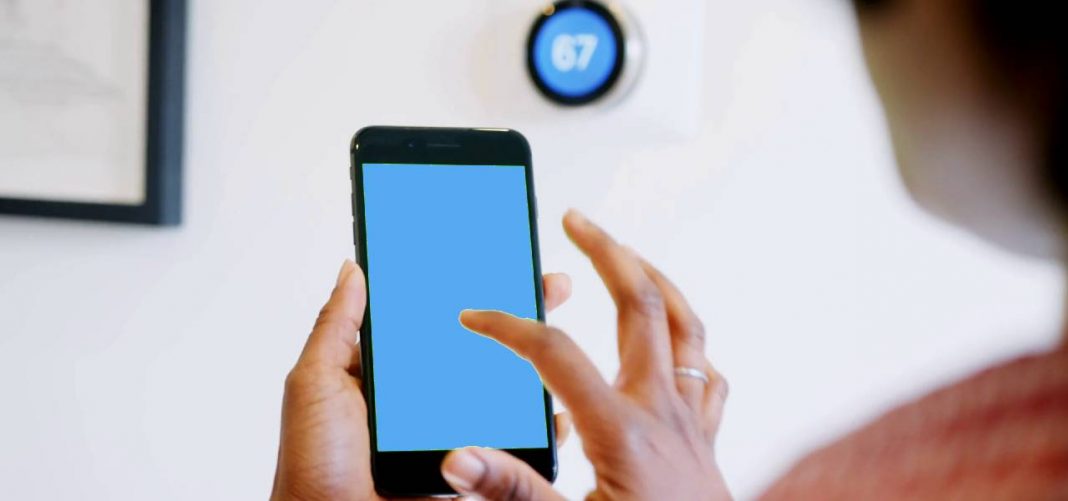UPDATED February 10, 2022 This piece has been updated to reflect the emergence of new technology


Christian Mathews Security Writer
The dream of operating your thermostat remotely is not a faraway thought anymore. How we have all wished to enter a room that is already pre-set to the desired temperature. A thermostat controlled by phone is what you are in need of.
The distant dream has indeed come true now. We can all enter our rooms with just the right temperature, even on bright sunny or icy cold days. Thanks to the thermostats controlled by phones, which are also known as a smart thermostat or WiFi thermostat.
Thinking of buying a wifi-controlled thermostat, here is what you should be looking for.
Basic Controls And Scheduling
The basic controls are the first thing to look for when buying a smart thermostat. Smart thermostats, i.e., those controlled by phone through WiFi, have much simpler controls when compared to the basic thermostat.
Smart thermostats have touch screens through which you can connect your thermostat controls to your phone with WiFi and app.
When it comes to scheduling, basic thermostats usually have two scheduling settings that work for weekdays and weekends. Plus, these are less flexible to changes. Scheduling in smart thermostats is much more personalized. It is subject to change at any time of the day with the help of your own phone.
C-Wire Requirement
C-wire is another important consideration to look for in a smart thermostat. Smart thermostats use ‘C or common’ wire to siphon more electricity. The basic thermostats don’t usually have the presence of C-wire. However, if you are changing your existing thermostat to a smart one, make sure to get a dedicated C installed wire to avoid any problems.
Ease Of Assembling
Your smart thermostats should be easy to install and assemble. Good manufacturers provide detailed instructions with pictures and step by step process to set the thermostats easily on the wall. This is important so that you don’t have to spend extra on getting your smart thermostat installed.
If you are replacing your existing thermostat with a smart one, make sure you take pictures of how wires were connected. This will avoid confusion as you install your new one.
Geofencing
This feature on the smart thermostat is a smart feature beneficial to conserve electricity. Geofencing allows you to create a virtual fence around your house. This is done with the help of your thermostat app and phone’s GPS chip. As you leave this virtual fence, the thermostat will switch, so as to save on electricity costs.
When you enter this perimeter, the HVAC automatically turns on. So by the time you reach home, your house is just the right temperature.
High Voltage Heater Support
This feature is important for centralized home heating systems. To connect your smart thermostat with your HVAC system, your smart thermostat should be able to support high voltage heaters. Not all smart thermostats are equipped to do that. So, make sure you choose your smart thermostat accordingly.
Remote Access
The very essence of smart thermostats, i.e., those controlled by phone, is their remote access. These thermostats are controlled from anywhere as long as you have their app installed on your phone.
If you have internet access to your device, you can control your thermostat with no issues. This also means you don’t have to rush back to your home if you forget to turn off your thermostat. You can pull out your mobile and do so instantly in a few touches.
Types Of Sensors
Thermostat controlled by phone are way smarter than you can imagine. Apart from the geofencing features, these come with different sensors like the Nest thermostat remote sensor, proximity sensors, motion sensors, door and window sensors.
Each of these sensors serves different purposes. A motion sensor works well for a huge family. If it senses no motion near it, it considers the home is empty and switches off the thermostat.
Proximity sensors allows the thermostat to be used as a night light as someone’s close presence triggers them to switch on the display screen. This works great to operate them in the dark as well.
Some smart thermostats also favor door and window sensors. They are closely knitted with your home security system to function automatically to the best possible extent.
With it’s advantages, motion sensors can pose to be a huge disappointment and turn off your thermostat even when you don’t want it to. So, make sure you know what you are getting into before opting for them.
Smart Home Integration
Smart home integration allows you to control your thermostat with every smart device or product you have at your home. That could be your smart voice assistants, smart home security system and smart smoke detectors. How well this integrates is determined by your router. So ensure you have the best router for your smart home.
User Interface
You don’t need to be knowledgeable to make your thermostat work. Changing your thermostat temperature is as easy as 123 with smart thermostats. It features a super-friendly user interface that lets you operate it at a single glance.
Integration With Voice Assistants
If you are a big fan of smart home compatibility devices like the Amazon Echo, Apple Home and Google Home Assistant, the smart home integration thermostat system will be a delight for you.
Smart thermostats are also smart enough to respond to the voice control directions given to them through Amazon Echo or Google Home Assistants. Just ask Alexa or Siri to turn on your thermostat and it will be done in no time.
You can have the advantage of this integration either through the specific voice assistants’ apps like Alexa and Apple Home or through the thermostat app itself.
This was all about what you need to look for in your thermostat controlled by phone when buying. However, it is recommended to look for only those features that you truly desire. Keep it simple, and useful.

















































